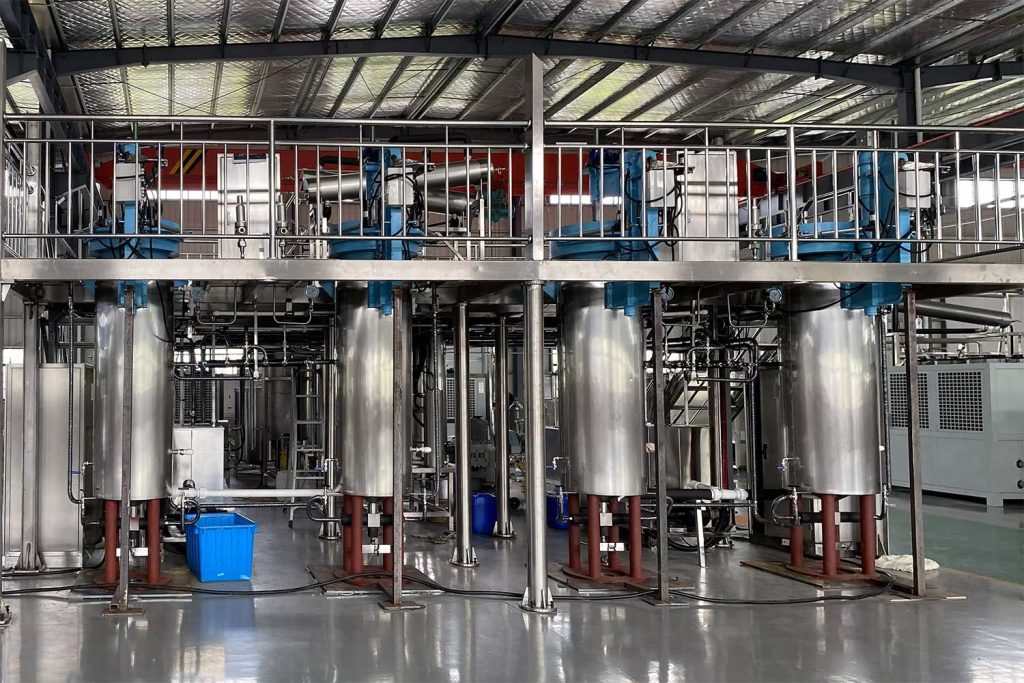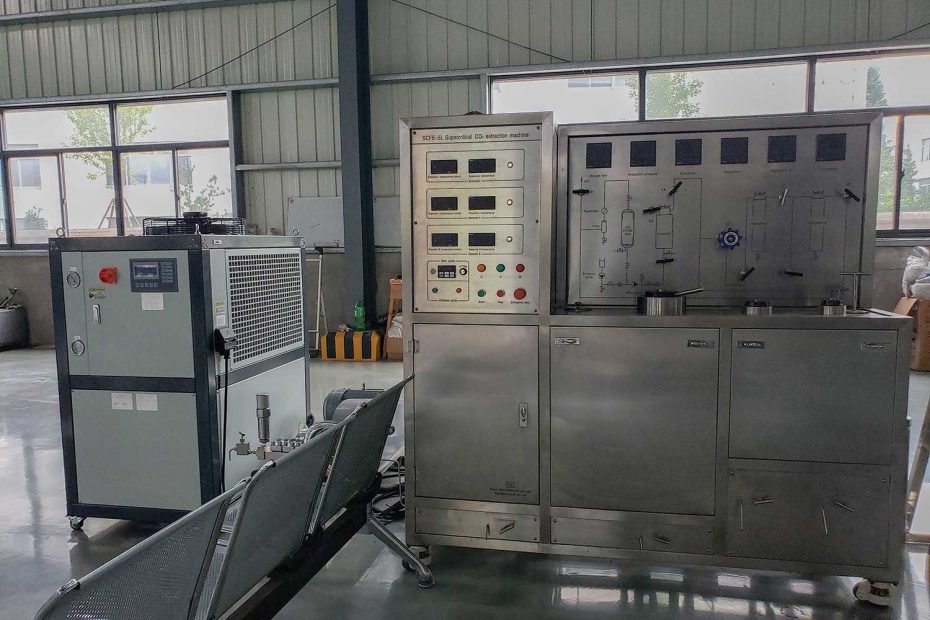High-pressure vessels play a pivotal role in various industries, especially in the field of supercritical CO2 fluid extraction (SFE). Among the components that make these vessels reliable, the sealing device stands out as an essential element.
Supercritical CO2 Extraction Machine has gained prominence for its ability to extract compounds efficiently, surpassing conventional extraction methods. It involves using supercritical fluids, which exhibit properties of both liquids and gases at specific temperature and pressure conditions.
The Role of High-Pressure Vessels in Supercritical CO2 Extraction Machine
High-pressure vessels are the backbone of SFE systems, providing the required conditions for supercritical fluid generation. These vessels must withstand extreme pressures and temperatures while maintaining the integrity of the process. The sealing device, a crucial component within these vessels, ensures their reliability.
The sealing device is a mechanical system designed to prevent leakage and maintain the vessel’s integrity under high pressure. It primarily consists of seals, gaskets, and packing materials that create a secure barrier between the vessel’s interior and exterior.
Types of sealing devices used in high-pressure vessels for Supercritical CO2 Extraction Machine
- O-Ring Seals: These are commonly used and are made from various materials such as rubber, silicone, or Viton. O-ring seals provide effective sealing under high pressures and are relatively easy to replace.
- Metal-to-Metal Seals: These seals are ideal for extreme conditions and are often used in specialized high-pressure applications. They provide a robust and durable seal.
- Diaphragm Seals: Diaphragm seals are flexible membranes that prevent leaks and offer protection against corrosive substances. They are suitable for applications involving aggressive chemicals.
The Functionality of Sealing Devices
The primary function of the sealing device is to prevent the escape of supercritical fluids, ensuring the vessel remains pressurized throughout the extraction process. This function is crucial for several reasons:
- Safety : Safety is paramount when dealing with high-pressure systems. A failure in the sealing device can lead to catastrophic accidents. Therefore, the sealing device must be designed and maintained to withstand the extreme conditions of SFE.
- Efficiency : Efficiency is a key consideration in SFE. Any leakage can result in the loss of valuable supercritical fluid and extracted compounds. A well-functioning sealing device ensures that the process operates at its maximum efficiency.

Top 3 Design Considerations for Sealing Devices
The design of sealing devices for high-pressure vessels in SFE is a complex task that demands careful consideration. Several factors must be taken into account:
- Material Selection : Choosing the right materials for seals and gaskets is critical. The materials must be compatible with the supercritical fluid and resistant to corrosion and degradation under high pressures and temperatures.
- Pressure and Temperature Ratings : Sealing devices must be rated for the specific pressure and temperature conditions of the SFE process. Deviating from these ratings can lead to failure.
- Maintenance and Inspection : Regular maintenance and inspection of sealing devices are essential to ensure their continued effectiveness. This includes checking for wear, damage, and proper alignment.
The Sealing Device in Action
To understand the practical application of sealing devices, consider the following scenario in a supercritical CO2 extraction system:
Supercritical CO2 Extraction Process : In Supercritical CO2 Extraction process is pressurized to a supercritical state and used as a solvent to extract desired compounds from a sample material. The high-pressure vessel containing CO2 and the sample must maintain a constant pressure, which is where the sealing device comes into play.
Role in Maintaining Pressure : Throughout the extraction process, the sealing device ensures that the vessel remains tightly sealed, preventing CO2 from escaping. This enables the CO2 to maintain its supercritical state, enhancing its solvent properties and efficiency.
Conclusion
In the world of supercritical fluid extraction, the sealing device emerges as a silent hero, ensuring the safety, efficiency, and reliability of high-pressure vessels. Its role in maintaining pressure, preventing leaks, and withstanding extreme conditions cannot be overstated. As SFE technology continues to advance, so too will the design and capabilities of sealing devices, propelling the field further into the realms of precision and sustainability.
